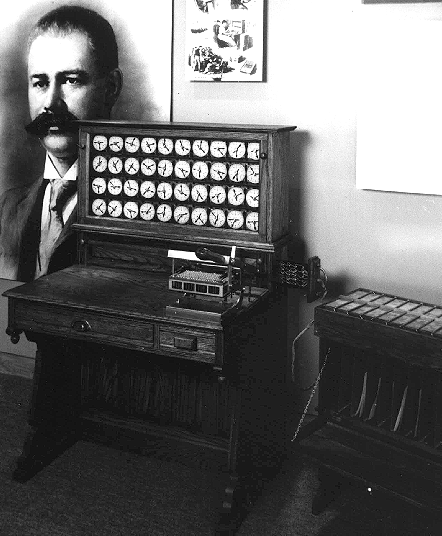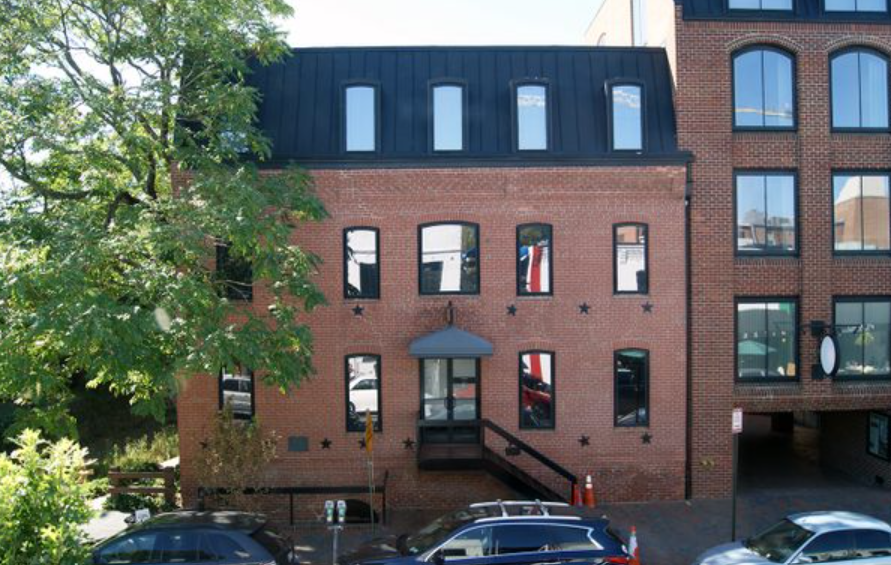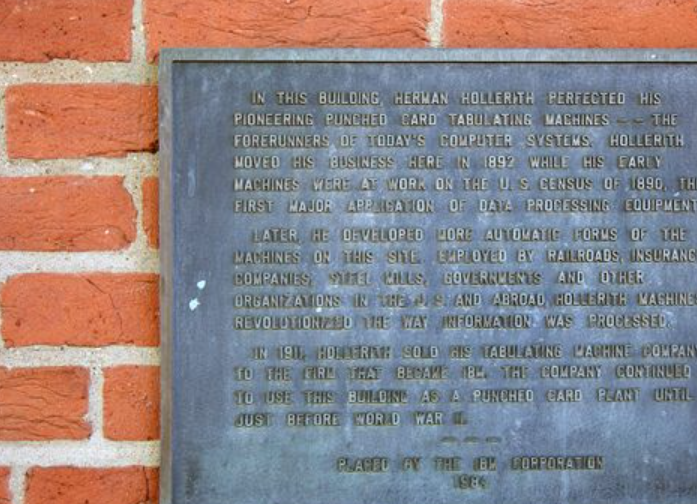“In 1890, the Census Bureau attempted its first “count by electricity,” using Washington inventor Herman Hollerith’s newly patented punch card data processor. Hollerith’s Electronic Tabulator could read manilla census cards with an array of pins that formed different electric circuits in relation to the location of hole punches.
The Hollerith Tabulator helped the government count more Americans with fewer census employees, and shave the processing time down from eight years to six. There was also the interesting coincidence that this new frontier in data processing led to the discovery by the Superintendent of the Census Bureau that ‘Up to and including 1880 the country had a frontier of settlement, but at present the unsettled area has been so broken into by isolated bodies of settlement that there can hardly be said to be a frontier line.’ The new computing frontier coincided with and eclipsed the closure of the literal frontier.
Following on the success of the 1890 census, Hollerith aggressively exploited his tabulating patent and went after lucrative contracts with the federal government, Russia, Italy, Canada, Austria, and other nations. But he charged the U.S. so much money for the 1900 headcount that it spurred a frenzied (and ultimately successful) effort within the Census Bureau to develop an alternative data processing technology that didn’t come with Hollerith royalty payments.”




